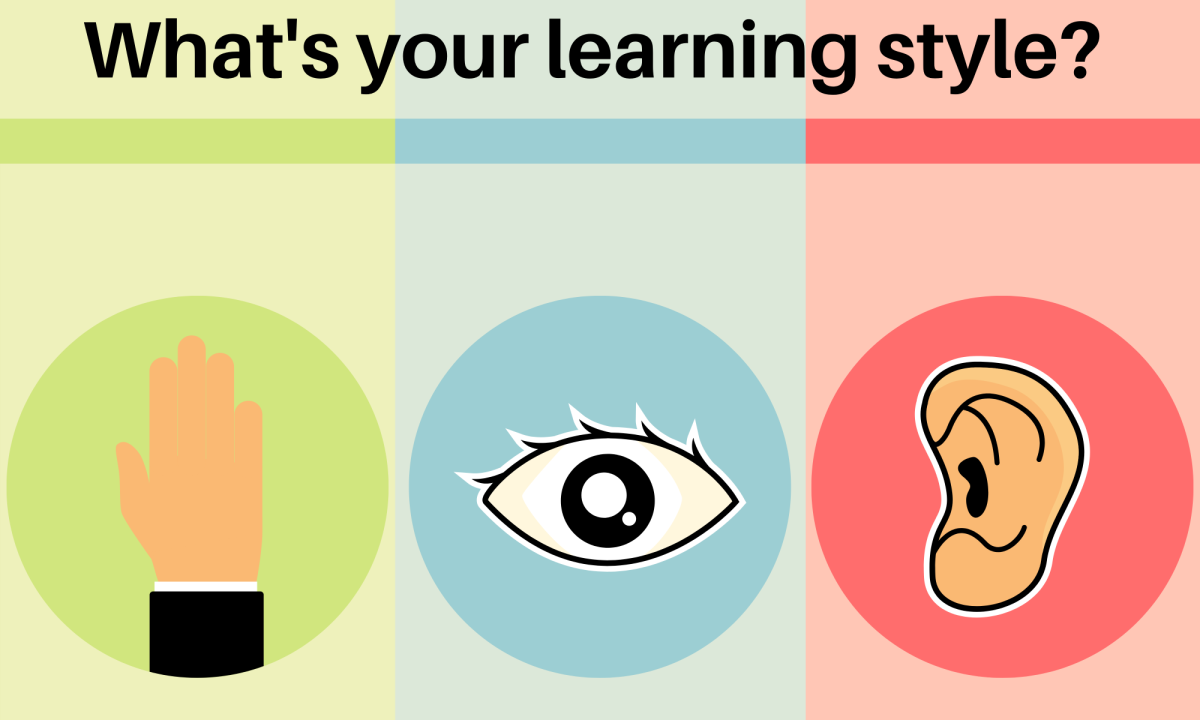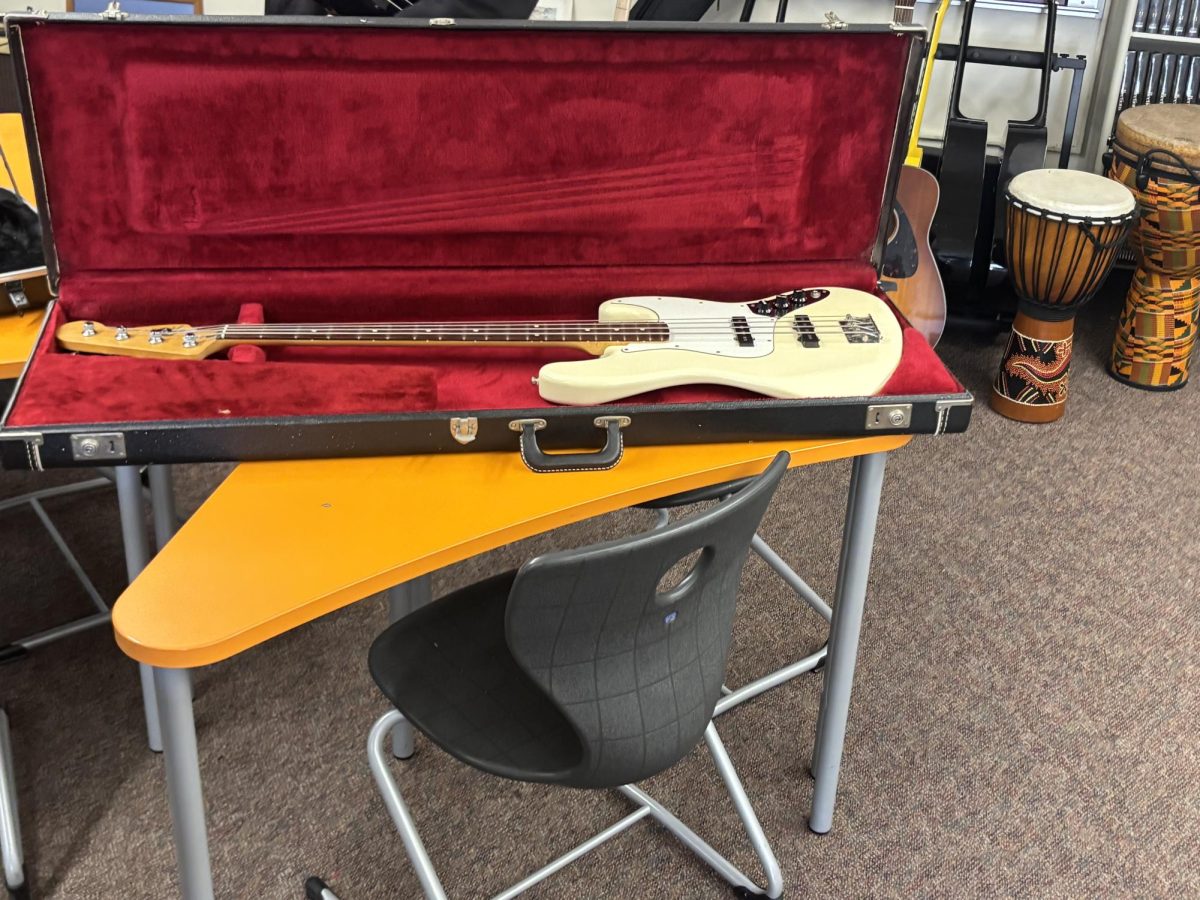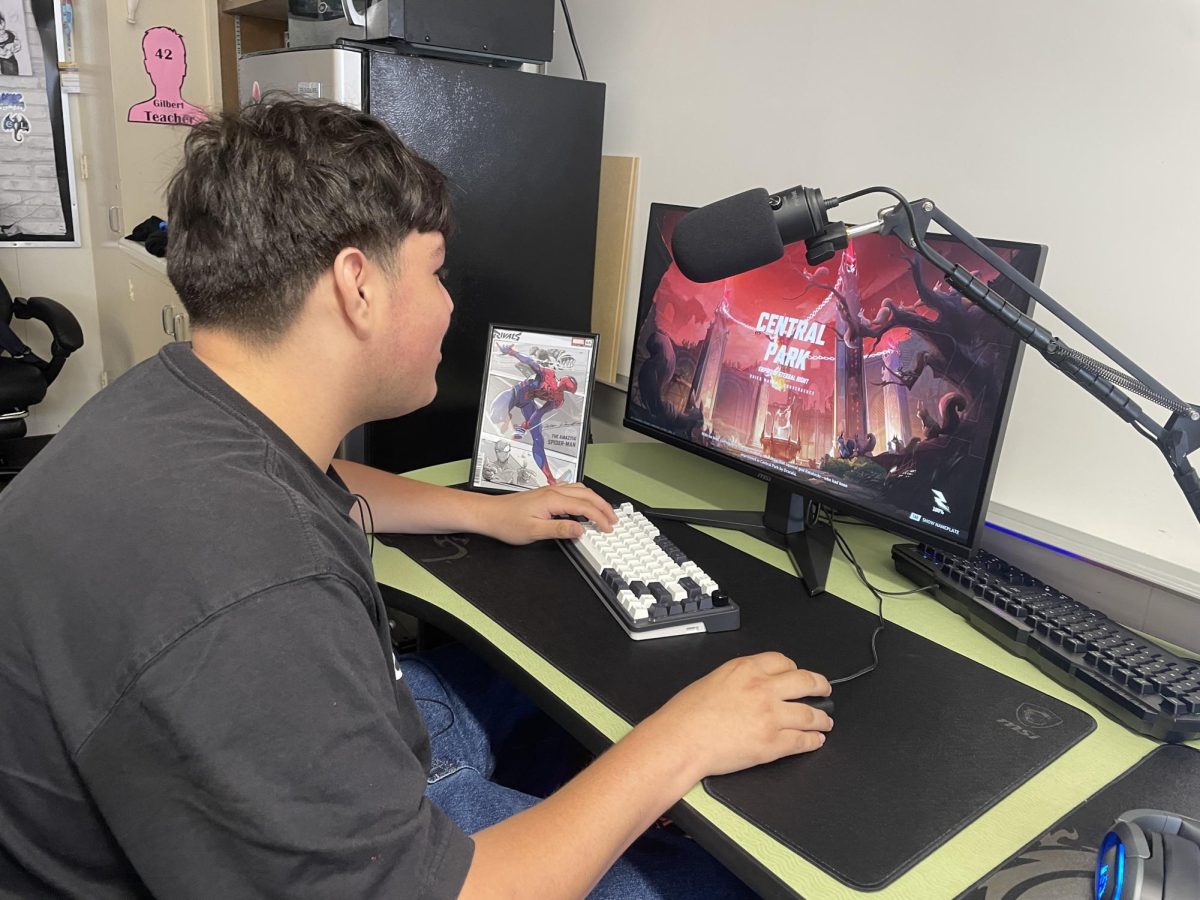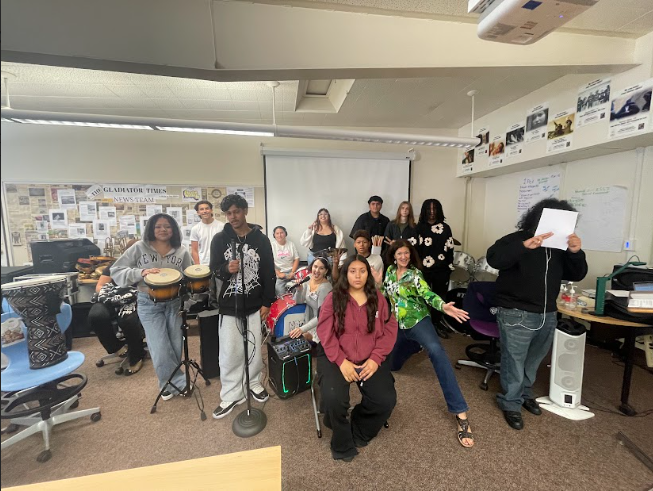On Thursday October 10th, Mrs. Frese invited a student of Cerritos College to speak over our class about the different styles of learning and how they affect a person. About 70% of students do not know their personal learning preference. As I’m writing this the goal is to help those that are reading this to try and figure out what your learning style is.
The first one on the list is Visual learning. Students that learn visually are separated into two primary camps: Visual-linguistic and visual-spatial learners, for example lets talk about visual-linguistic learners. When it comes to learning another language visual-linguistic learners tend to learn the alphabet with writing exercises first and then say it to themselves, that way it helps make a connection between letters and their spoken sounds, that goes for learning phrases and key words in a new language. However visual-spatial learners want visual connection through imagery and media. Some things like charts and graphs as well as photos and videos are a significant amount of impact. You might fall into this category if you can remember someones face after only interacting with them once. Visual learners may also memorize directions on a map by seeing them laid out visually or in a step by step bulleted process.
- Auditory (aural) learners. Auditory learners are known to enjoy the benefit of having easy comprehension skills of preferred learning. The listener thrives by hearing, listening, and speaking, they will often read out loud especially while studying to memorize materials that are important. Verbally, auditory learners are often really outgoing in almost any situation. Auditory learners may drift off or lose concentration a lot more often, they also can have a tough time focusing in loud and busy areas where they cannot listen to what is said
- Kinesthetic learners are people who learn by doing, by placing themselves directly in the action. They usually need a physical involvement to optimize their understanding and takeaway from an activity or lesson. A kinesthetic learner finds it hard to sit still for long periods of time, even when they are really engaged in a session they’ll often have to twitch their leg or just find some other way to move around, typically in a repetitive motion. They can often struggle when it comes to learning something visually and auditory, such as film clips, speakers, and podcasts. A kinesthetic learner can be really good with multitasking as well, they often have very repetitive habits that can include cracking your knuckles, tapping your foot, or twitching your fingers.













